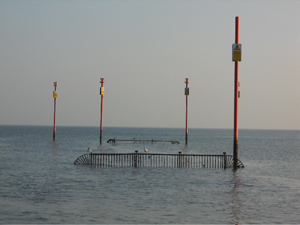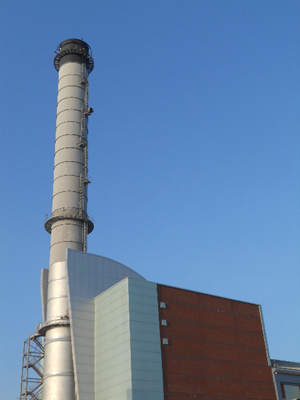Robert Nemeth on revolutionary but costly proposal
It is inevitably the job of an amenity society to react to events as they unfold. After all, the activities of such groups revolve around the planning system, which is more often that not developer-led.

When Hove Civic Society was created in 1960 in response to one particularly inappropriate planning application, it is unlikely that its founders would have predicted the degree of pro-activity that is underway today through the direction of its current Chairman, Helmut Lusser.
Recently I read an intriguing article that detailed a warm spot of sea around Shoreham Power Station’s cooling water outlet that had been discovered by the Honorary Secretary of Hove Civic Society, John Kapp. Rather than just enjoy the tropical temperatures for himself, the former engineer put forward an ambitious proposal to benefit the whole city.
“The former engineer put forward an ambitious proposal to benefit the whole city”
The general principal behind combined heat and power (CHP) is the capture of wasted heat from a power station as a means to heat nearby areas. In a local context, and under the Hove Civic proposals, CHP concerns the use of Shoreham Power Station as both a source of electricity and a source of heat for the people of Brighton & Hove.

The incredible scheme would see hot water pumped away from the power station, all around the city, to heat over 100,000 homes. This would involve the installation of pipes beneath the streets of Brighton & Hove, similar to the way in which pipes for sewerage and water, along with cables for electricity, are installed as a matter of course.
The benefits are obvious. Boilers for central heating would become a thing of the past, and heating would be cheaper. But there are inescapable drawbacks though as well. The initial cost of such a project would be huge. Figures of over £2 billion have been put forward. The disruption would be massive too. Every street would need to be excavated and many listed buildings would need to be modified. Nevertheless, a debate must be had.
Sewers were constructed in Brighton from 1792; water pipes were added from 1834; and electricity was supplied from 1882. It would be interesting to think what the objections to these projects were at their respective times of conception. In each case, it would have been left to the pioneers of the day to progress matters.
I wish the Hove Civic Society the best of luck in its exciting endeavours.
robert@buildingopinions.com www.buildingopinions.com




















